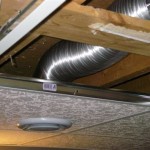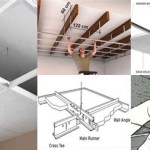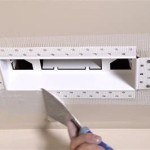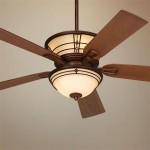Ceiling fans are a great way to keep your home cool during the summer months while also saving energy costs. While traditional ceiling fans are powered by an electric motor, a belt driven ceiling fan uses the power of a belt to move the fan blades and create airflow. Belt driven ceiling fans are a great option for those looking for an energy efficient and quiet way to cool their home. In this guide, we’ll explore the advantages and disadvantages of belt driven ceiling fans, how they work, and why they may be the right choice for your home.
What are the Benefits of Belt Driven Ceiling Fans?
Belt driven ceiling fans provide a number of benefits compared to traditional electric motor powered ceiling fans. These include:
- Quieter Operation: Belt driven ceiling fans are much quieter than electric motor powered ceiling fans. This makes them ideal for bedrooms and other areas where quiet operation is important.
- Energy Efficiency: Belt driven ceiling fans use less energy than electric motor powered ceiling fans, making them a great option for those looking to save on energy costs.
- Longer Lifespan: Belt driven ceiling fans typically have a longer lifespan than electric motor powered ceiling fans, meaning they will last longer before needing to be replaced.
How do Belt Driven Ceiling Fans Work?
Belt driven ceiling fans work by using a belt to transfer power from the motor to the fan blades. The belt is connected to the motor and the fan blades, and it wraps around a pulley to create a mechanical connection between them. As the motor turns, the belt turns the fan blades, creating airflow and cooling the room.
Are Belt Driven Ceiling Fans Right for Your Home?
Belt driven ceiling fans are a great choice for those looking for a quieter, more energy efficient option for cooling their home. While they may be slightly more expensive than traditional electric motor powered ceiling fans, they are a great choice for those who value energy efficiency and quiet operation.















Related Posts








